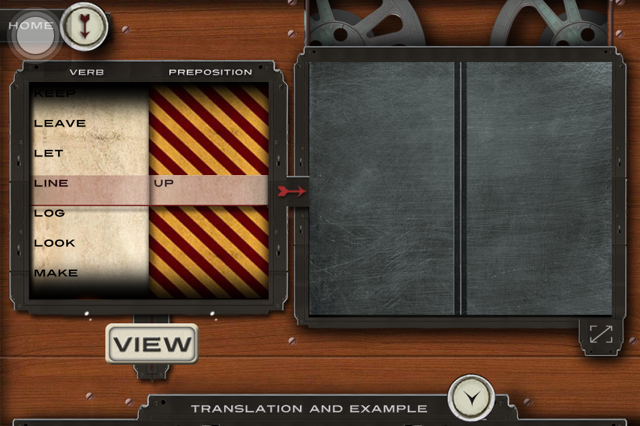For SPM students, Information Transfer in Section B - Paper 2 is one of the places where you should score full marks. This section is actually very-the-very easy to answer as the only thing you need to do is 'find the keywords'.
Using the real SPM 2008 questions, let us try to unlock the tricks to answering this section and getting your full mark of 10 over 10. Simply follow this step by step guide. Ready? Let's go!
Easy Information Transfer Steps
- Read the questions first and identify the keywords you need to get your answer.
- Read the text/ diagram given and try to find matching keywords.
- The answer is normally in the same sentence as the keyword you found in the text/ diagram.
FIRST: Read the questions first and identify the keywords you need to get your answer
 |
| First part of the question |
I've highlighted 3 key words in the questions being Competitors, Prize and Purpose of the Games.
SECOND: Read the text/ diagram given and try to find matching keywords
 |
| First part of the text |
From the underlined Ancient Olympics and Modern Olympics, I have zoomed in the second and third part of the passage. Then I examined the text to find the keywords.
The keywords found for Competitors is compete and for Prize is winner. Meanwhile for Purpose there is no direct keyword but students need to understand the meaning of purpose.
THREE: The answer is normally in the same sentence as the keyword you found in the text/ diagram
Let's look at the section Ancient Olympics.
- Competitors - compete without clothes (The word compete helps you find the answer without clothes)
- Prize - winner/ a crown of olive leaves (From the word winner, student can find the answer which is a crown of olive leaves as the prize)
- Purpose of the Games - to honour Gods in Greek mythology (To get this answer, student must understand the meaning of purpose)
Now, look at the section Modern Olympics.
- Competitors - women to compete along with men (The answer is in the same sentence as the keyword compete)
- Prize - winners / Medals/ Gold Medals/ Silver Medals/ Bronze Medals (From the word winner, student can find the answer which is medals as the prize)
- Purpose of the Games - unites the world (To get this answer, student must understand the meaning of purpose.)
Okay, we have found the answers for question 16 to 21. Next, let us have a look at the second part of the question, 22 - 25.
 |
| Second part of the question |
- Logo
- Five colours/ represent
- Meaning/ Olympic motto
- Traditional Custom/ Remains
 |
| Second part of the text |
If you observe the text, all of the keywords we have identified can be found in the last part of the passage. So, from the keyword, students should be able to identify the answers as the following:
- Logo - The Olympic Rings
- Five Colours/ Represents - The unity of five continents
- Olympic motto/ Meaning - "swifter, higher, stronger"
- Traditional Custom/ Remains - the lighting of the Olympic flame
Thus teachers, the only thing left for us to train our students is how to find the keywords and match them appropriately. Only some questions may deviate and need further understanding of words or text but most of them will give direct answers.
For very weak students, they may not know which part of the text to select although they have found the keywords. Let them copy the entire sentence if it is not too long (less than 5 words).
There you go, this guide actually shows how easy it is to score in Information Transfer Section. Students who read English materials constantly should be able to score a 10. On the other hand, weak students if they know how to spell and match the keywords, they should be able to get at least 6 marks.
Footnote:
*This question is taken from the real SPM 2008 Paper 2 under Section B.
*This is not the real answer scheme.









.JPG)
.JPG)
.JPG)
.JPG)
.JPG)
.JPG)
.JPG)
.JPG)
.JPG)



